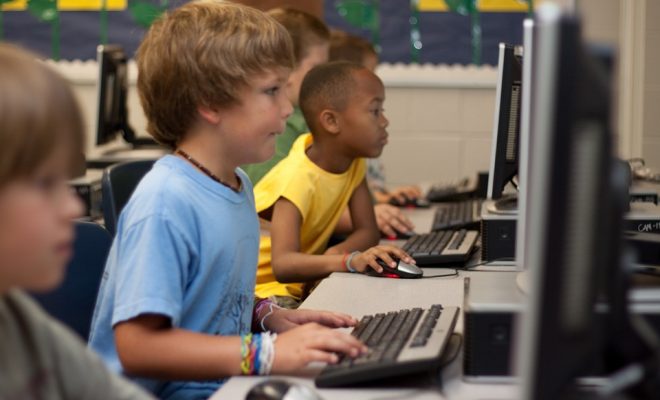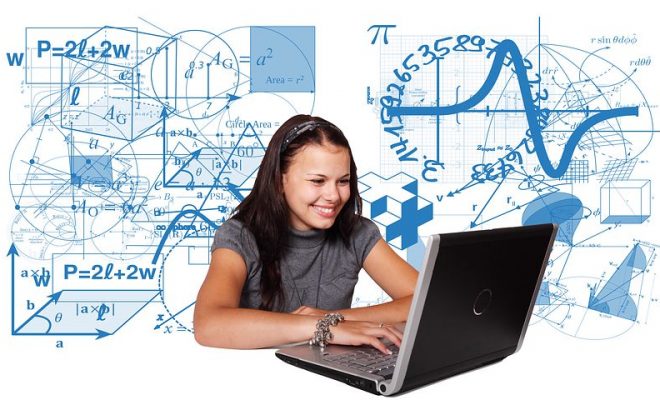STEM to STEAM: More Than Just a Good Idea

Why Should Schools Transition from STEM to STEAM? The answer is a ‘no brainer.’
Sure, Science, Technology, Engineering, and Mathematics (STEM) are basic academic subjects and are important aspects of many careers, but they are subjects that favor the left, or analytical, side of the brain. It is the brain’s right side that adds the ‘A,’ or Arts to STEAM. This is the side of the brain that deals with spatial awareness, visual imagery, art, music, and creativity – all attributes that support and enhance the application of STEM in the real world.
We talk about the importance of teaching “the whole child” and like to think that we are doing so. But neuroscientific research tells us that the typical practice today of devotes more time to teaching “the basics” (i.e., STEM) to the detriment of the visual and performing arts, is flawed. It is only a part of an educational experience.
Both sides of the brain function together through the corpus callosum that connects its two hemispheres through neuronal fibers that allow the two hemispheres to talk to one another. Allen McConnell, in an article in Psychology Today, contends that “creation of strong and effective neural networks is a product of more than just [left brain] focused … lessons.”
The arts help students build confidence, develop motor and visualization skills, and hone decision-making and problem-solving – all valuable aspects of the “A’ in STEAM that are necessary to support and enhance the application of the other STEM elements. The ability to apply STEM effectively isn’t the only value of involvement in the arts. According to PBS, what students learn from the arts spill over into academic achievement.
So why should schools transition from STEM to STEAM? A STEM program without the ‘A’ is a “half-brained” program. It focuses on just one part of a child’s education. What our children need is STEAM, a well-rounded, quality education that enables them to make informed decisions that will impact the world and the way they live. It’s about making every student a fully-literate 21st-century citizen.





